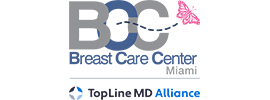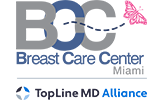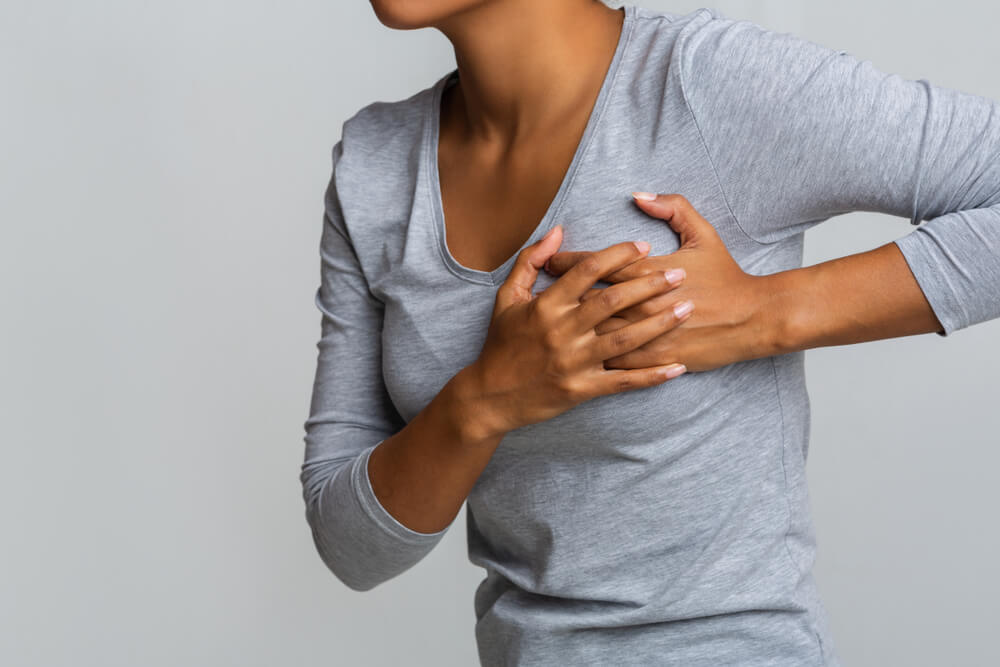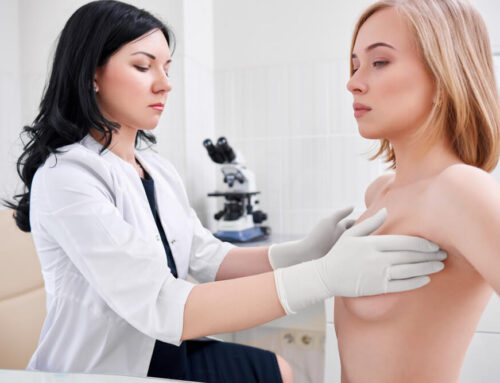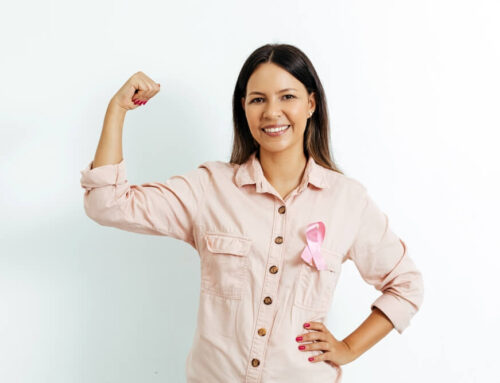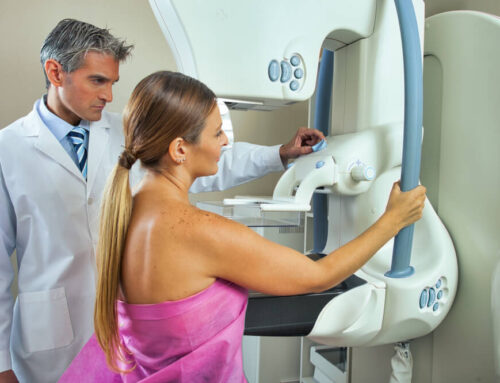Most women between the ages of 20 and 50 experience cyclic breast pain as a part of their natural menstrual cycle. However, this kind of breast pain, also referred to as mastalgia can be managed with some changes in lifestyle and meds. There is also chest wall pain which manifests as shooting pain in the breast coming from the chest area. Many different factors could cause a woman to experience painful and sore breast, but most of these are not a reason for concern and stress. Informing yourself more about breast pain causes is the best way to deal with it accordingly.
Could Breast Pain Point to Cancer?
Those who already have a confirmed breast cancer diagnosis will probably develop lumps in their breast area. These lumps can cause pain but mastalgia, in general, is not considered to be a sign of breast cancer.
Of course, if you’re experiencing unusually painful breasts or notice sore breasts that you can’t understand, you should definitely pay a visit to your doctor. Regular breast screening will give you some peace of mind and keep a check on your health.
Mastalgia During Pregnancy
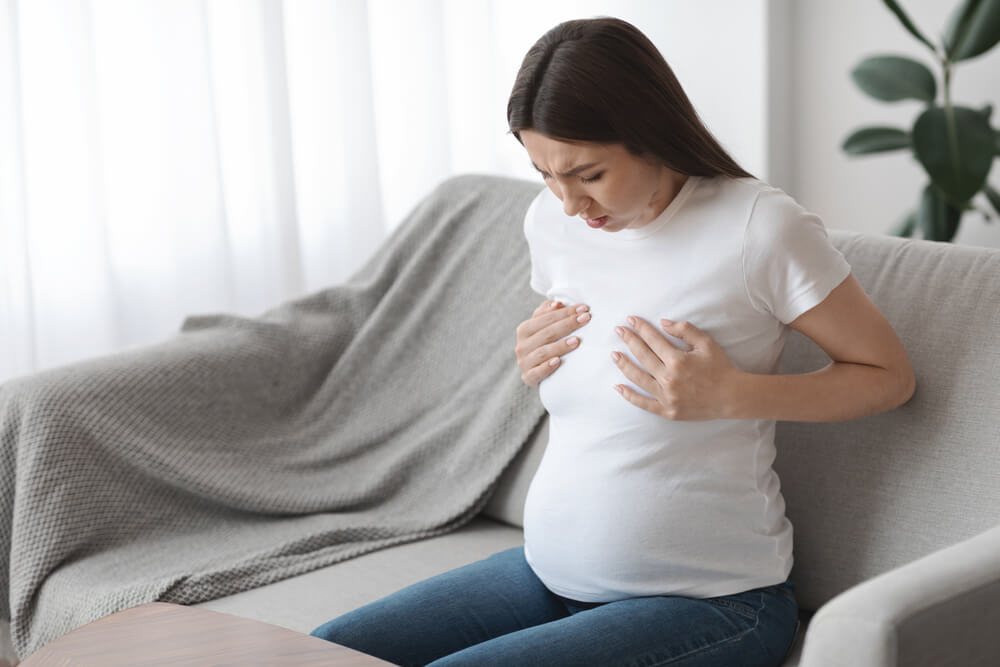
Pregnancy alters the default state of the body. One of the changes is that the production of hormones is considerably stronger, especially when it comes to estrogen. This excessive hormone production consequently affects the breast, and as a result, pregnant women can experience painful and tender breast issues.
Different Kinds of Breast Pain
In general, breast pain can be separated into two distinct categories, namely cyclic and noncyclic breast pain.
Cyclic breast pain, as mentioned, is a part of a woman’s menstrual cycle, making it a rather common occurrence for women between 20 and 50 years of age. What’s more, the younger the woman, the more frequent this particular symptom in the cycle will be. You can feel just one sore breast or both and the pain is often affecting the outer, upperparts. Once the period starts, breast pain typically goes away as well. Women who have hit menopause usually don’t get this kind of breast pain.
Noncyclic breast pain is not a part of the menstrual cycle and has nothing to do with it. Women between the ages of 40 and 50 are more likely to experience it.
Potential Breast Pain Causes
The biggest cause of cyclic breast pain is the menstrual cycle, but the potential noncyclic breast pain causes include the following:
- Pregnancy or breastfeeding
- Taking birth control pills, infertility meds, and/or antidepressants
- Inflammation or infection
- Hormonal and/or previous radiation therapy
- Breast cysts and non-cancerous lumps
- Surgical scars and costochondritis
- Having larger breasts
- Smoking and/or too much caffeine
- Heightened stress
Sometimes, the specific cause of breast pain is not that easy to find.
Common Breast Pain Symptoms
Depending on whether the breast pain is cyclic or noncyclic, the symptoms will also be different.
In the case of cyclic breast pain, common symptoms include having one tender breast or both and noticing that the breasts are swollen, heavy, and sore. Just how strong the pain is will also depend on the individual. Some women might feel the pain all the way up to their armpits and shoulders.
When it comes to noncyclic pain, the painful sensation is typically focused on one breast area in particular. Also, a kind of shooting pain in the breast will be present, sometimes even with the burning and stabbing feel at the affected area. These symptoms can last for longer, or come and go randomly.
Breast Pain Treatment Options
Cyclic breast pain generally doesn’t need to be treated too much as simple pain-relieving meds can successfully manage the problem. That said, if you find the pain too uncomfortable, you can take acetaminophen such as Tylenol, ibuprofen such as Advil, naproxen sodium such as Aleve, and even diclofenac such as Voltaren. In the most severe cases when the sore and tender breast tissue is not responsive to over-the-counter meds, your doctor might prescribe you medications such as tamoxifen or danazol.
If you’re not too keen on using meds to manage your breast pain, there are several other things that you could try:
- Have supportive bras that fit well during each stage of the cycle, even if you have to get a couple of different sizes
- Start taking Vitamin E and magnesium supplements as well as evening primrose oil
- Cut out caffeine and tobacco or at least reduce the use drastically
- Use heat packs on the breast area that’s the most painful
- Instead of meds, get a topical over-the-counter cream with trolamine salicylate and apply it to the sore areas
When it comes to the shooting pain in the breast due to the noncyclic breast pain, chances are your doctor will recommend some of the meds previously mentioned in the case of cyclic breast pain, too. There’s a strong possibility that some other condition is causing the pain, such as cysts and benign lumps or fibroadenoma, and removing those can also provide pain relief.
Is Breast Pain Preventable?
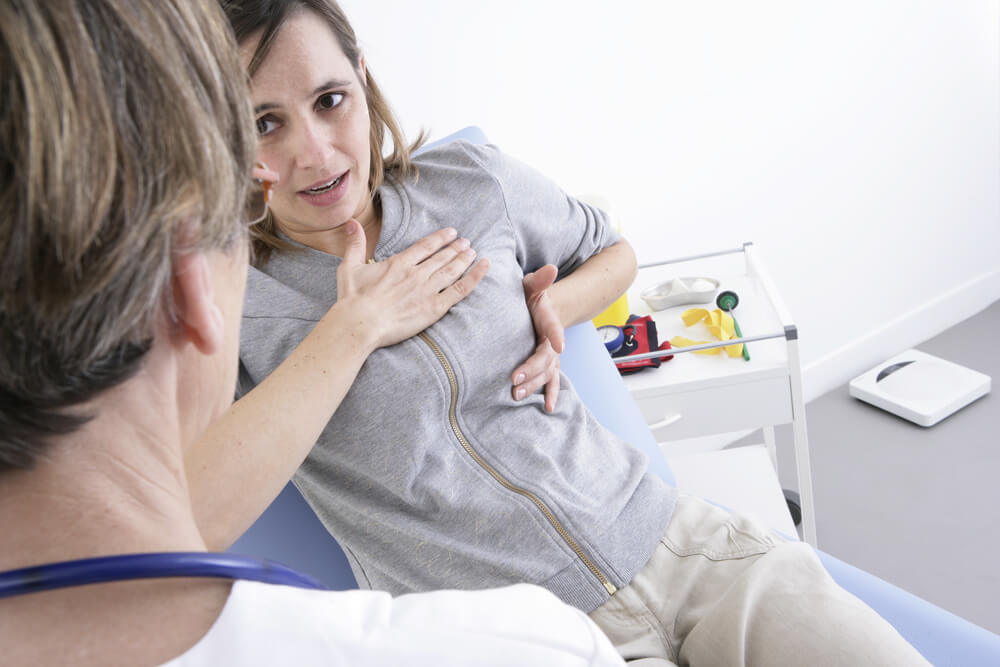
Considering that cyclic breast pain is directly linked to the menstrual cycle, it’s not easily preventable. However, some changes in lifestyle might minimize the symptoms. These changes can also help with noncyclic breast pain prevention:
- Either considerably minimize your intake of caffeine or cut it out completely
- Make sure that your diet is low in fat
- Invest in well-fitting bras that provide enough support, especially during physical activity
Before a woman hits menopause, cyclic breast pain is likely to occur and repeat every menstrual cycle. The length and severity of the pain will highly depend on the individual as well as the opted treatment options. In a similar vein, noncyclic breast pain can also benefit from the treatment options available. In that sense, this particular condition shouldn’t impede your plans and activities too much.
Still, in case the breast pain simply doesn’t diminish on its own, even after three weeks, it’s recommended to schedule an appointment with your doctor as soon as possible. This is the only way to pinpoint the cause of pain and then proceed with adequate treatment for it.
Now, there’s no reason to stress too much over this. It’s true that breast or any kind of pain, for that matter, is rather uncomfortable, but on most occasions, it’s nothing overly dangerous or serious. In general, most women can manage these symptoms themselves with just a bit of wellness and self-care. However, if the pain is accompanied by other symptoms such as nipple discharge, unusual lumps and breast texture, don’t wait to pay a visit to your doctor. If you’re looking for professional and personalized breast care in Miami, don’t hesitate to reach out to us at Breast Care Center. Our unmatched level of service, dedication, and expertise in all things breast care have already helped many women lead healthy and happy life.

